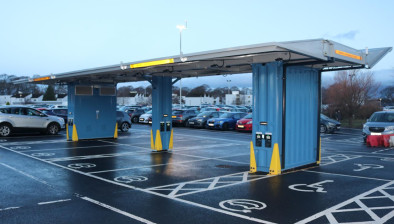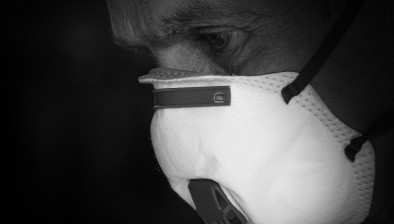Scottish Government to invest £1.1bn to clear NHS maintenance backlog

The Scottish Government has said it will invest £1.1 billion in the country’s NHS estate over the next four years after a new report found more than two-fifths of building repairs are deemed “high-risk” or “significant”.
The Annual State of NHS Scotland Assets and Facilities Report for 2015 revealed that the repair bill for Scotland’s ageing hospitals has soared by over a tenth to £898 million between 2014 and 2015.
The proportion of repairs deemed high-risk or significant was 44 per cent, down from 47 per cent the previous year.
NHS Scotland has now earmarked £180m of sell-offs of old hospitals and medical facilities over the next five years as part of a drive to deal with the problem.
The report states: “Although backlog is identified as an expenditure requirement, in practice it is likely to be addressed by a combination of estate rationalisation and disposal of older properties, avoiding the need for expenditure on backlog.
“Replacing older properties with new facilities avoids the need for expenditure on backlog, for example the completion of the Queen Elizabeth University Hospital in Glasgow and further estate rationalisation once the new hospital replacement projects are completed in Dumfries and Orkney.”
NHS Greater Glasgow and Clyde has the highest maintenance bill, of £269m, while NHS Grampian is the next highest, facing a bill of £152m.
Ministers insist about £1bn has been invested into the country’s NHS estate in the past five years to deliver the new Forth Valley Royal Hospital in Larbert and the Queen Elizabeth University Hospital in Glasgow.
Current projects include the on-going construction of a hospital replacement facility in Dumfries, the expansion of the Royal Edinburgh Hospital, and the completion of the new Royal Hospital for Sick Children.
Over 25 new health and care facilities are currently planned or are being delivered across Scotland, while a further £290m investment is planned to support health and social care integration, as well as move care from hospitals to local facilities and people’s homes where relevant.
Scottish health secretary, Shona Robison, said the government is committed to improving the quality of the NHS estate.
“Over the past five years we have invested around £1bn to deliver two of the largest acute hospitals ever built in Scotland. This along with work underway in Dumfries and Edinburgh, is transforming the way healthcare is delivered in Scotland, while also ensuring we provide the facilities and the capacity needed in our NHS for the future,” she said.
“Other initiatives highlighted in this report include the £200m network of new elective treatment centres being planned across Scotland which will enable people to be treated more quickly for planned surgery while easing the pressure off unplanned and emergency treatment.
“Investment in infrastructure will also help us make best use of the NHS’s finite resources – reducing the cost of maintaining older and less suitable buildings.
“This report shows that health boards also remain focussed on ensuring that their existing estate and facilities deliver value for money, are safe, and fit for purpose.”














